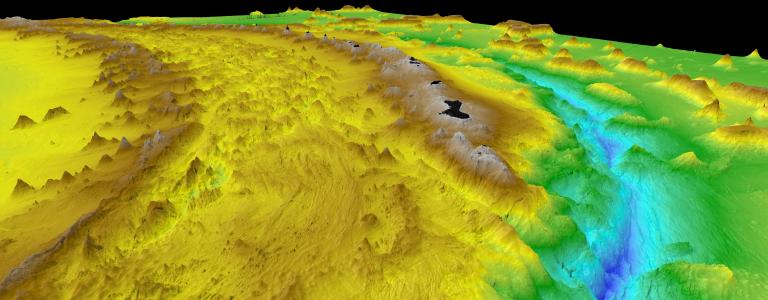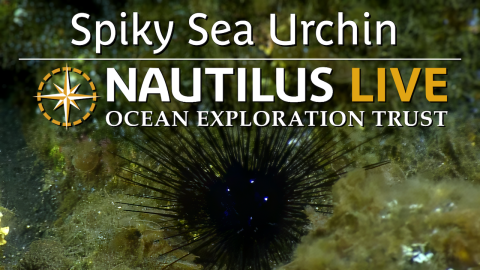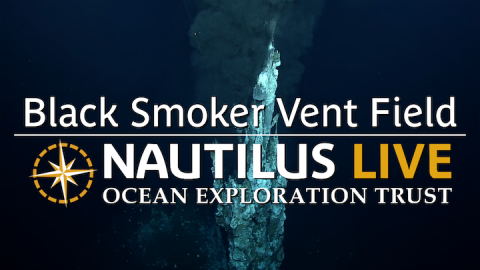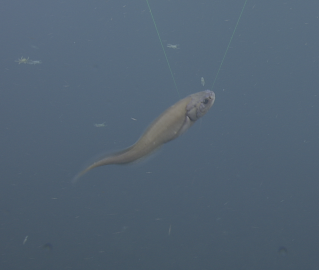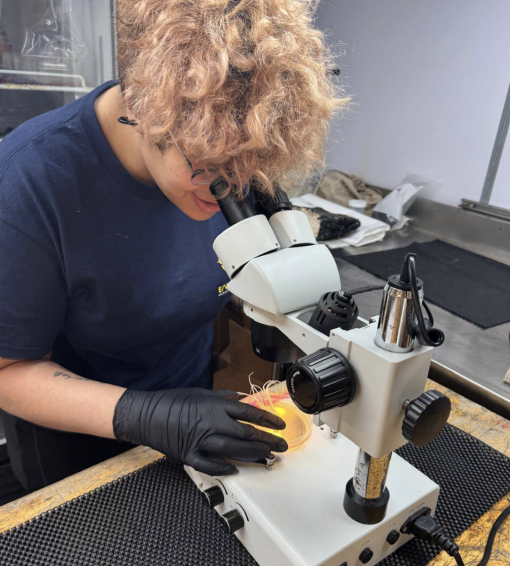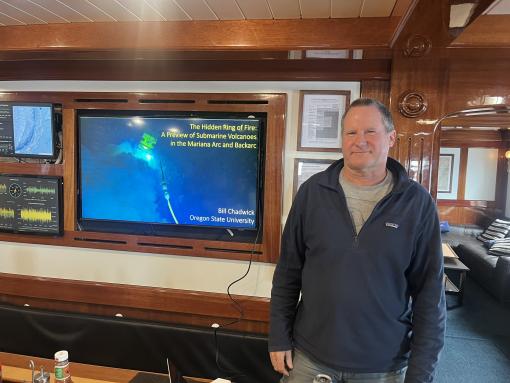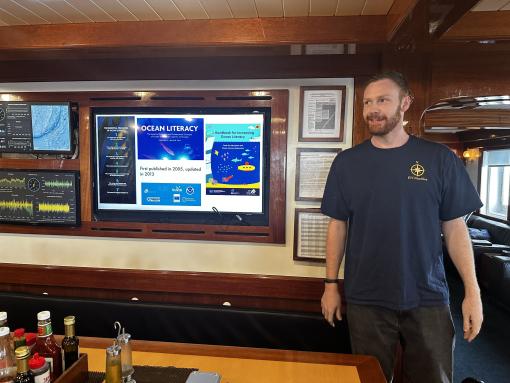E/V Nautilus will begin the 2025 season exploring the ocean of the Mariana Islands- one of the most tectonically and volcanically dynamic locations on the planet. This area is home to one of the most active arc volcanic systems on Earth with more than 60 submarine volcanoes, and a back-arc spreading center where new seafloor is created. This 22-day expedition will utilize the ROV and mapping systems of E/V Nautilus in combination with the Orpheus AUV to explore deep-sea areas identified by the local management and science community, including sites with signatures of active volcanism, abyssal plain habitats, and areas in and around the Mariana Trench Marine National Monument where new data can support resource management priorities.
The expedition name Mattingan, describing the deepest parts of the ocean or the open ocean in Refaluwasch (Carolinian) language, was selected by the Mariana Trench Marine National Monument in consultation with cultural experts John Castro from the CNMI Department of Community and Cultural Affairs-Traditional Seafaring Program and Kodep Ogumoro Uludong from the Refaluwasch Advisory Council, with support from the Chamorro-Carolinian Language Policy Commission.
This expedition is funded by NOAA Ocean Exploration via the Ocean Exploration Cooperative Institute, including additional support from the Bureau of Ocean Energy Management in collaboration with the US Geological Survey.
